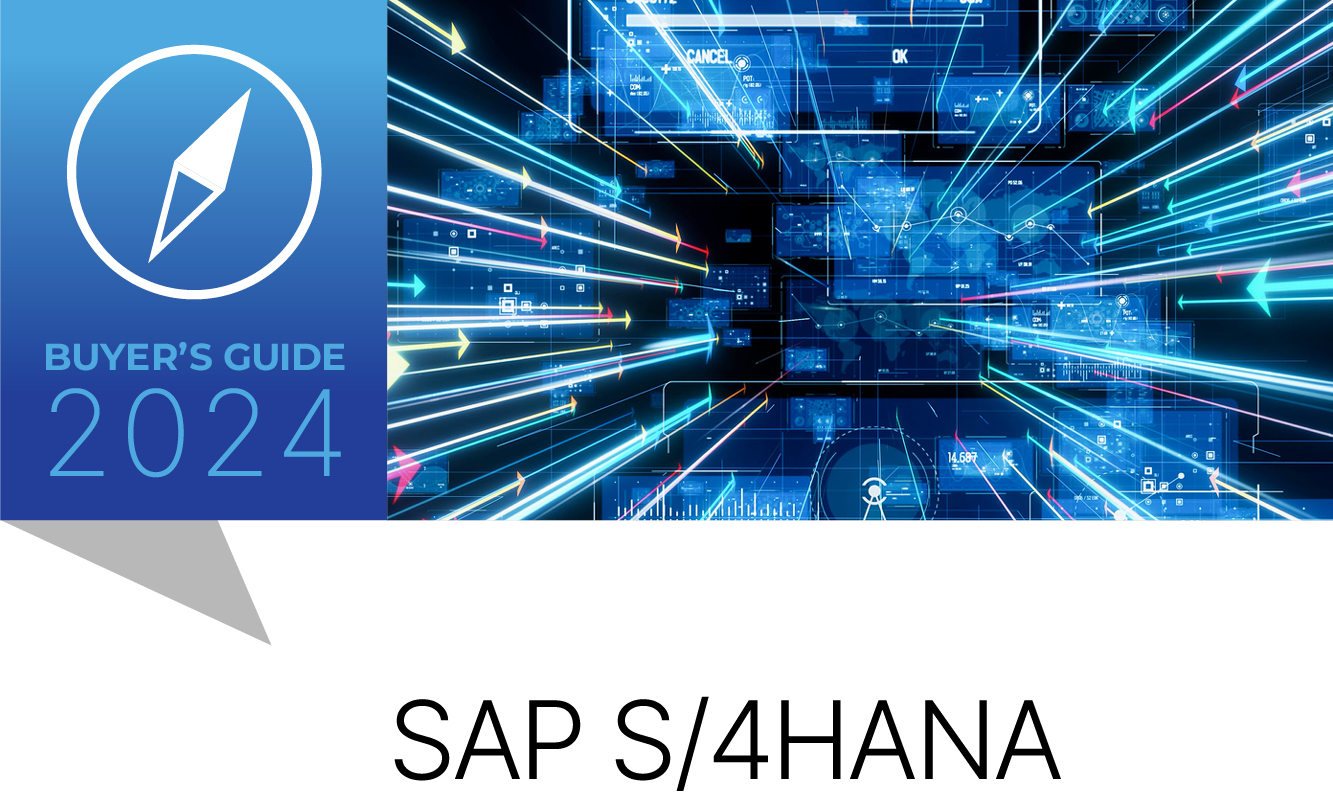S/4 HANA enables you to monitor real-time indicators of your processes with new and extended business functions for optimal efficiency
Strengths
Real-time indicators, based on a single data :
In-memory technology, a decision-making engine associated with transactional.
Reinvented processes for optimal efficiency :
New and extended business functions, Native integration with SAP solutions.
A new, renewed, redesigned and optimized user experience :
For all media, including mobile tools, dashboards and worklists.
Explore related questions
Simplified architecture :
Reducing the volume of data, a platform dedicated to innovation and the extension of your company’s digital processes.

Before any migration to a customer, several scenarios are studied
Scenario 1: Transition to “Suite on HANA” (SoH)
 Transition from SAP ECC ERP to the HANA database
Transition from SAP ECC ERP to the HANA database
Scenario 2: Transition to “S / 4HANA on-premise”
 Direct transition to the new version of SAP ERP (S / 4 HANA 1909) with the following options:
Direct transition to the new version of SAP ERP (S / 4 HANA 1909) with the following options:
 Upgrade / Conversion of the existing system,
Upgrade / Conversion of the existing system,
 Start with a “green field” system (“brand new” S / 4HANA system) with data loading,
Start with a “green field” system (“brand new” S / 4HANA system) with data loading,
 Infrastructure that can be managed by the outsourcer or another platform allowing server space to be rented (eg: AWS, Azure, GCP, etc.).
Infrastructure that can be managed by the outsourcer or another platform allowing server space to be rented (eg: AWS, Azure, GCP, etc.).
Scenario 3: Transition to “S / 4HANA CLOUD”
 The Cloud solution having a meaning when a return to the standard is possible, “From scratch” implementation with loading of data Infrastructure managed directly by SAP
The Cloud solution having a meaning when a return to the standard is possible, “From scratch” implementation with loading of data Infrastructure managed directly by SAP
 Two versions of the Cloud solution: public and private.
Two versions of the Cloud solution: public and private.
Each proposed scenario leads to different approaches on the following themes (functional contributions, type of project, change management, risks, costs).
VASPP sets up various workshops which lead the discovery of the existing and the definition of the functional target.
From a functional point of view, whatever the chosen scenario, this technology allows users to benefit from real-time decision support.
A Finance user will be able to instantly view their purchase orders and suppliers in the form of reports or KPIs indicators.
This reflection on these different modes of transition has led SAP to review all of its business processes.
 Optimization of business processes
Optimization of business processes
 Improved UX Design
Improved UX Design
 Increased return on investment
Increased return on investment
 A controlled maintenance cost
A controlled maintenance cost
More Resources
See All Related Content-

-

Bridging the Gap: How Onibex One Connect helps in Data Warehouse Modernization
Reading time: 3 mins
-

-


